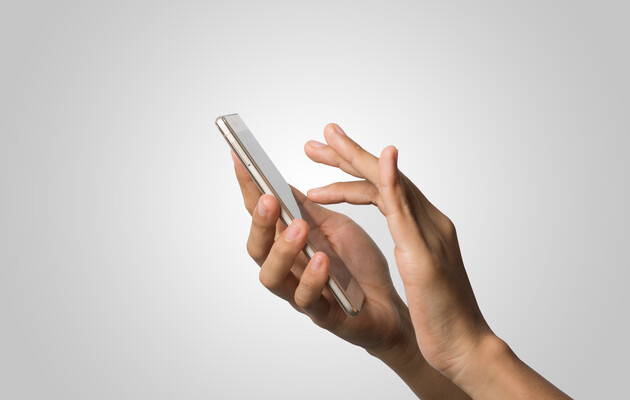The latest version can accept images as input.

OpenAI artificial intelligence research laboratory released GPT-4, the latest version of the revolutionary system artificial intelligence on the basis of which ChatGPT works, reports The Guardian.
According to the developers, the new version is more creative, less inclined to fabricate facts and less biased than its predecessor.
OpenAI co-founder Sam Altmancalled it “our most powerful and consistent model” and added that it is “multimodal” — meaning it can take both images and text as input, allowing users to ask questions about images. The new version can process large text arrays and remember and act on more than 20,000 words at a time.
The new model is now available to users of ChatGPT Plus, the paid version of the ChatGPT chatbot.
< p>OpenAI also works with commercial partners to offer services based on GPT-4. A new subscription level for Duolingo's language learning app, Duolingo Max, will now offer English-speaking users AI-powered conversations in French or Spanish, and will be able to use GPT-4 to explain language learners' mistakes.
Payment processing company Stripe uses GPT-4 to answer support questions from business users and to help flag potential fraudsters in the company's support forums.
During the GPT-4 demo on Tuesday, Open AI president and co-founder Greg Brockman also gave users a sneak peek at the image recognition capabilities of the newest version of the system, which is not yet publicly available and is only in testing. This feature will allow GPT-4 to analyze and respond to images sent with clues, and answer questions or perform tasks based on those images.
“GPT-4 is not just a language model, it's also a visual model,” said Brockman. “It is able to flexibly accept input that randomly inserts images and text, sort of like a document.”
During the presentation, GPT-4 was asked to describe why the image of the squirrel with the camera is funny. The AI replied that it was funny because “we don't expect them to use a camera or act like humans.”
Another example was a photo Brockman sent to GPT-4 of a hand-drawn sketch of a basic website — the system based on the drawing created a working site.
OpenAI claims that GPT-4 has fixed or reduced many of the criticisms users had about the previous version of the system. As a “big language model,” GPT-4 learns from vast amounts of data collected from the Internet and tries to provide answers to sentences and questions that are statistically similar to those that already exist in the real world.
Read also: Ministry of Digital: we managed to correct the injustice, artificial intelligence ChatGPT now works in Ukraine
But this also means that it is still making up information without knowing the exact answer (the problem, known as “hallucination”), or gives upsetting or offensive responses when given the wrong clues.
OpenAI says the developers have managed to reduce – though not completely eliminate – these GPT-4 flaws.
Related videoArtificial intelligence can make life easier for students and at the same time complicate the task of teachers. Read about how artificial intelligence will change our education in the article of the same name by Volodymyr Strashek for ZN.UA.




